Did you know that increasing customer retention rates by just 5% can boost profits by 25% to 95%?
In the competitive e-commerce landscape, where acquiring a new customer can be five times more expensive than retaining an existing one, the significance of transforming one-time buyers into repeat customers cannot be overstated.
A vast majority of e-commerce transactions, alarmingly over 70%, involve one-time buyers. This presents a colossal opportunity for brands to tap into this segment and strategically drive repeat purchases.
By nurturing these initial interactions and converting them into lasting relationships, businesses can unlock a treasure trove of customer loyalty and sustained revenue growth.
In this article, we will discuss the entire framework of the “One-time Buyer” audience and how to increase the engagement level of these buyers to turn them into loyal customers for life.
The One-time Buyer framework includes the following:
- Who are One-time Buyers?
- Ideal Communication Frequency
- Ideal Success Metric
- Segmented Campaigns for one-time buyers
- Dedicated Campaigns for One-time buyers
- Automation for One-time buyers
- Other Additional Channels
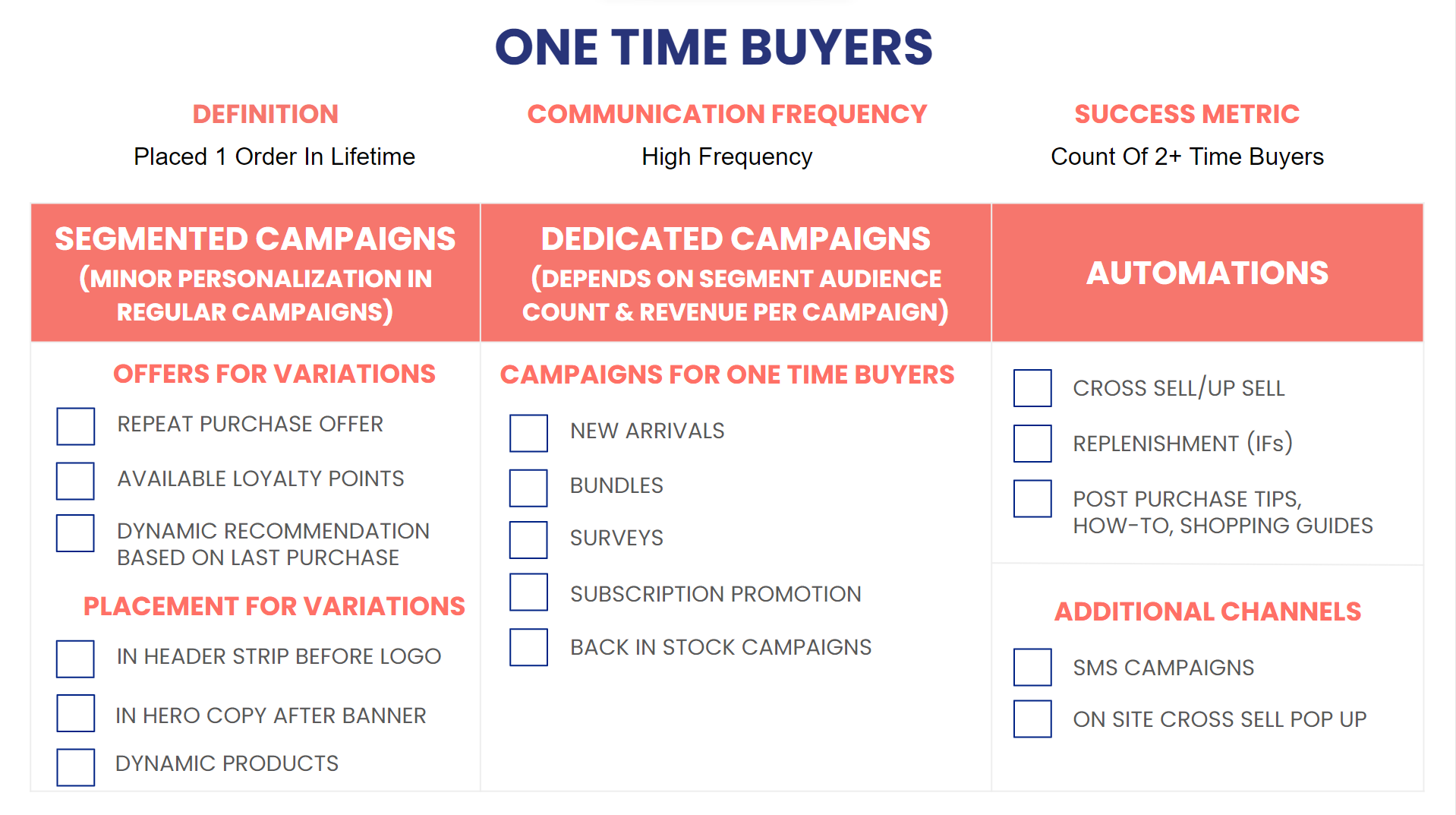
Who are “One-Time Buyers”?
One-time buyers are customers who have made a single purchase from a brand but have not returned for a repeat purchase. They represent a diverse group that may have different reasons for not returning, ranging from forgetfulness to satisfaction with just a one-time need.
Understanding their motivations and tailoring strategies to encourage repeat purchases is crucial in converting these buyers into loyal customers.
Ideal Communication Frequency with the “One-time Buyers Audience”
For one-time buyers, the frequency of communication should be strategic and consistent. Regular, targeted communication keeps the brand at the forefront of their minds without being overwhelming. The goal is to remain relevant and engaging, offering them reasons to return.
This could include updates about new products, special offers, and personalized content based on their previous purchases and browsing behavior.
What’s The ideal success metric?
The most pertinent success metric in engaging one-time buyers is the conversion of these individuals into two-time (or more) buyers.
Tracking this metric helps brands measure the effectiveness of their engagement strategies and understand the factors that influence repeat purchases. It also provides insights into customer satisfaction and loyalty.
Strategies to Increase Engagement of “One-time Buyers”
1) Segmented Campaigns
Segmented campaigns allow for personalization, which is key in attracting one-time buyers.
Tailoring messages based on their previous interactions with the brand can significantly increase the likelihood of a repeat purchase.
Deals or Products We Can Offer to the One-Time Buyer
a. Repeat Purchase Offer– Encourage repeat purchases by offering a special discount or benefit for their next order. Crafting a special offer to incentivize a second purchase can be highly effective.
This could be a percentage off their next purchase, a buy-one-get-one deal, or a special discount on a related product to what they previously bought.
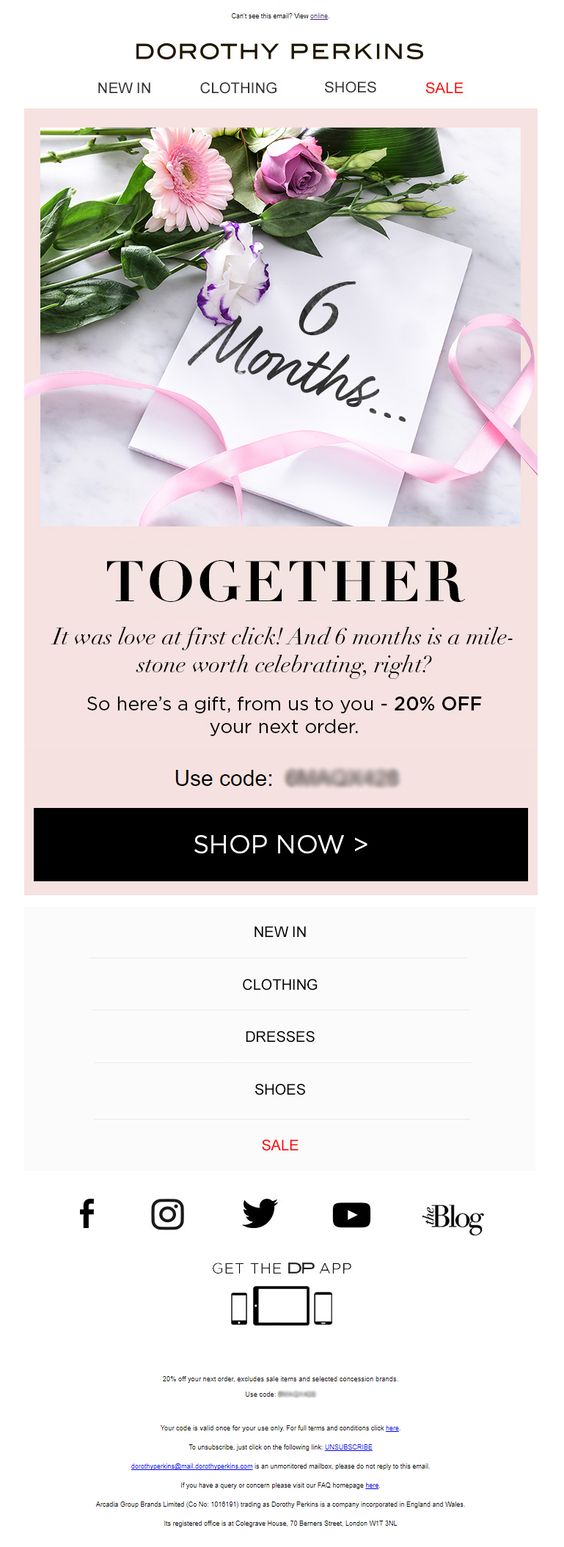
The key is to make the offer appealing and relevant to their interests, based on their initial purchase history. This personal touch shows that the brand values its one-time buyers and is eager to serve them again.
b. Available/Remaining Loyalty Points– Inform them of their loyalty points, if applicable, and how they can be redeemed. This strategy not only incentivizes repeat purchases but also introduces them to the brand’s loyalty program, potentially increasing long-term engagement.

Highlighting the benefits they can reap by accumulating more points, such as exclusive discounts or free products, can be a strong motivator.
c. Dynamic Recommendations Based on Last Purchase– Use their purchase history to suggest relevant products, enhancing the personalized experience. Using data from their first purchase, brands can provide personalized product recommendations.
This could involve suggesting complementary products, accessories, or even new arrivals that align with their previous choice.
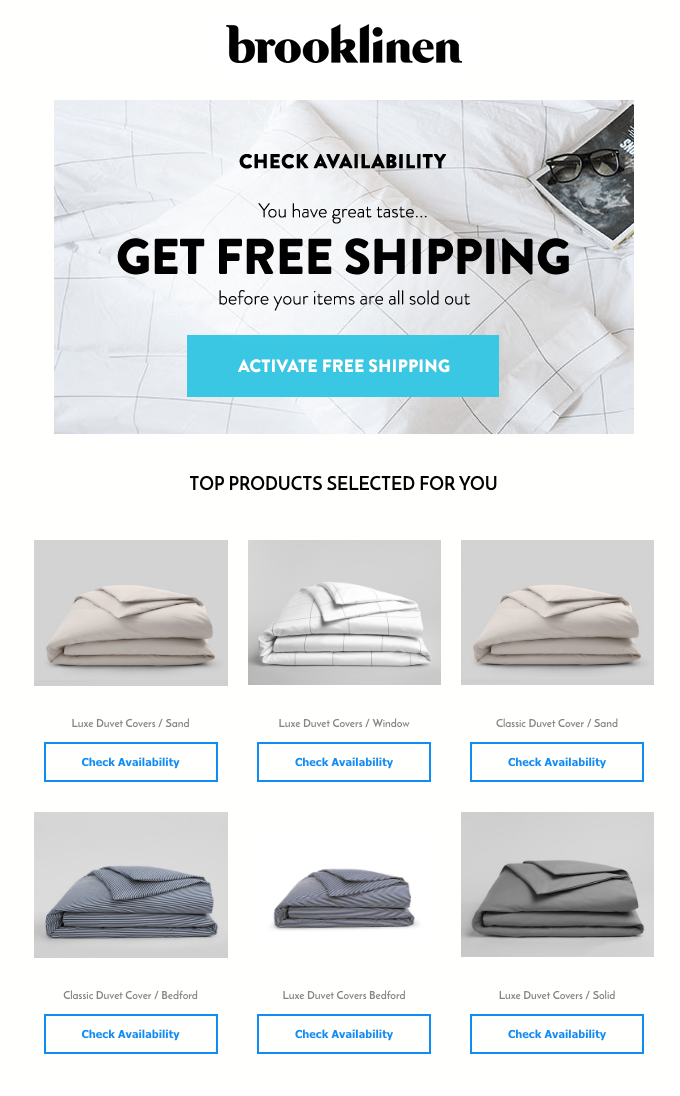
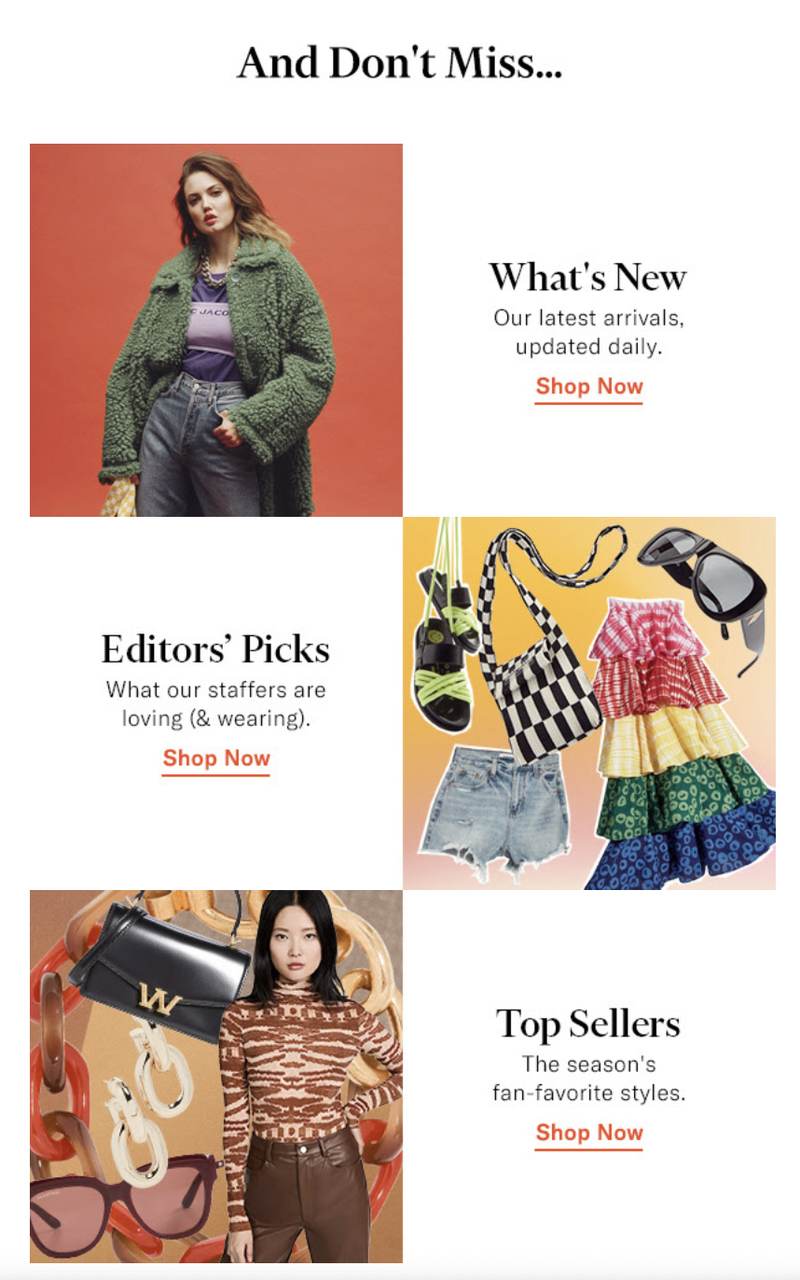
Dynamic recommendations show the customer that the brand understands their preferences, enhancing the personalized shopping experience and increasing the likelihood of a repeat purchase.
Placement of Offers/Products for Maximum Visibility
a. In the Header Strip of the Email Campaign– Placing offers in the header strip of an email ensures they are one of the first things the customer sees upon opening the email.
This prime location is ideal for highlighting special deals like the repeat purchase offer or informing about loyalty points.
The design should be eye-catching, with clear and concise messaging that encourages the customer to read on.
b. In the Hero Copy and Banner: Utilize this space for engaging visuals and compelling copy that draws attention to the offers.
The hero section of an email, typically consisting of a large banner image and accompanying text, is a focal point for engagement.
This area is perfect for showcasing dynamic product recommendations.
High-quality images of the recommended products, along with enticing descriptions, can capture the customer’s interest and drive them to explore these items further.
c. Dynamic Products Section Block: Include a section in the email that dynamically updates products specifically chosen based on the buyer’s past behavior.
Including a dynamic products section in the email allows for a personalized showcase of items tailored to the customer’s interests.
This section can dynamically update based on the customer’s browsing and purchase history, making each email feel custom-made for them.
This not only increases the relevancy of the email content but also provides a direct pathway for the customer to discover and purchase products that are likely to appeal to them.
2) Dedicated Campaigns for One-time buyers
Dedicated campaigns specifically designed for one-time buyers can further personalize the experience and provide incentives for them to make a second purchase.
Suitable Campaigns to Attract One-Time Buyers are as follows:
New Arrival Campaigns
Showcase new products that might interest them based on their previous purchase. These are an excellent way to re-engage one-time buyers. These campaigns showcase the latest products or collections, creating a sense of novelty and excitement.
Tailoring these campaigns based on the buyer’s previous purchase or browsing history makes them more relevant and appealing.
For example, if a customer buys a summer dress, the new arrival campaign could feature the latest accessories or footwear for the summer season.


This not only keeps the brand fresh in their mind but also encourages them to check out the latest offerings.
Bundles Campaigns
Offer bundles that include the product they previously purchased with complementary items. These bundles are designed to offer more value to the customer at a better price. These campaigns group complementary products, often with a small discount.
For one-time buyers, this presents an opportunity to explore more products from the brand at a perceived saving. The bundles should be thoughtfully curated based on the customer’s previous purchases to ensure relevance.


For instance, if a customer previously bought a smartphone, a bundle campaign could include related accessories like cases, earphones, or chargers.
Survey Campaigns
Invite them to provide feedback on their purchase, making them feel valued and gathering insights for future improvements. Doing this not only provides valuable insights for the brand but also makes customers feel valued and heard.
The survey can be followed by a thank you message or a small incentive, like a discount code for their next purchase, as a token of appreciation for their time and feedback.

This approach can increase customer satisfaction and the likelihood of them returning for a second purchase.
Campaigns Promoting Subscription Program
Introduce them to a subscription program that aligns with their interests. For brands with subscription programs, targeting one-time buyers with campaigns that promote these programs can be effective.
Highlight the benefits of subscribing, such as convenience, cost savings, or exclusive access to products or services. Tailoring the message of the campaign to reflect how the subscription program aligns with their initial purchase can increase its appeal.

For example, if a customer buys a pet product, the campaign can highlight a subscription for monthly deliveries of curated pet essentials.
Back-in-stock Campaign
Notify them when products they showed interest in are back in stock. This is particularly effective if the customer browses other items without making a purchase.
These campaigns can reignite their interest and provide an opportunity for them to complete a purchase they were previously considering.
Each of these dedicated campaigns for one-time buyers focuses on creating a more personalized and engaging experience.
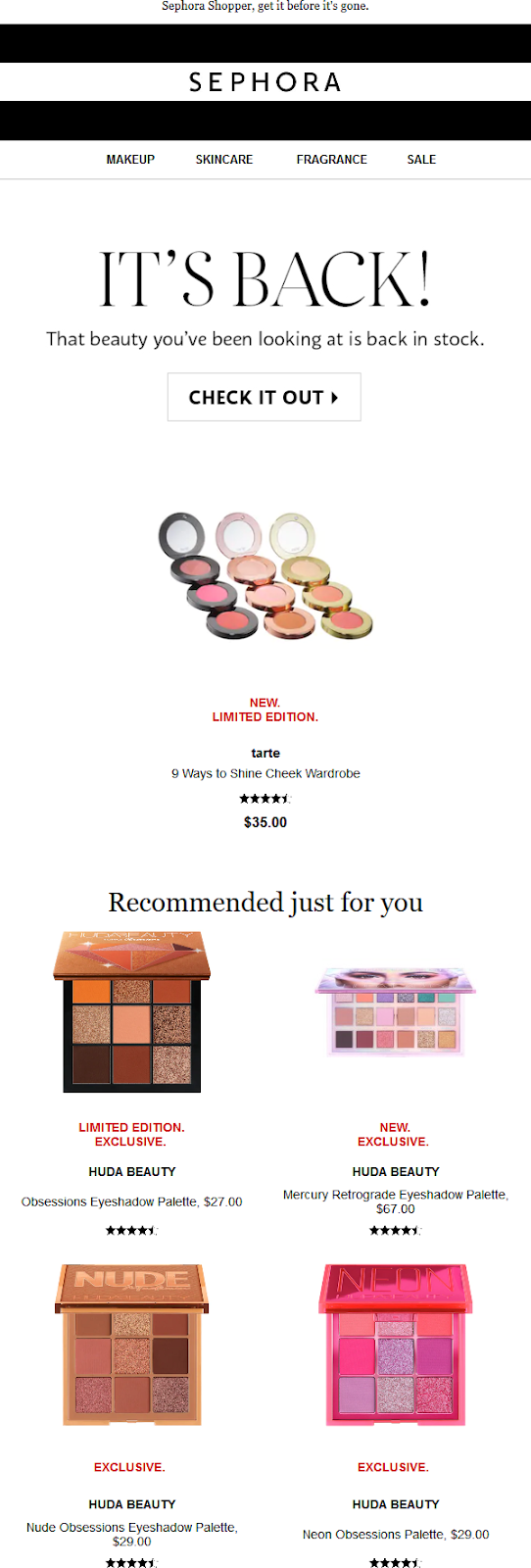
By understanding their preferences and shopping behavior, these strategies aim to build a deeper connection with the customer, encouraging repeat purchases and fostering long-term loyalty.
3) Automation For One-time Buyers
Automation is a powerful tool for nurturing one-time buyers into loyal, repeat customers. Automated flows can provide timely, personalized, and relevant content, subtly guiding one-time buyers back to the brand.
Here are the three effective automated flows that will help retain your one-time buyers:
Cross Sell/Upsell Flow
The Cross-sell/Upsell Flow is designed to suggest related, complementary products & high-ticket products(upsell) to one-time buyers, based on their previous purchases.
This strategic approach not only increases the average order value but also enhances the customer experience by offering relevant choices.
For instance, if a customer bought a camera, the cross-sell flow could suggest camera accessories like lenses or tripods, while the upsell flow might recommend a higher-end camera model.
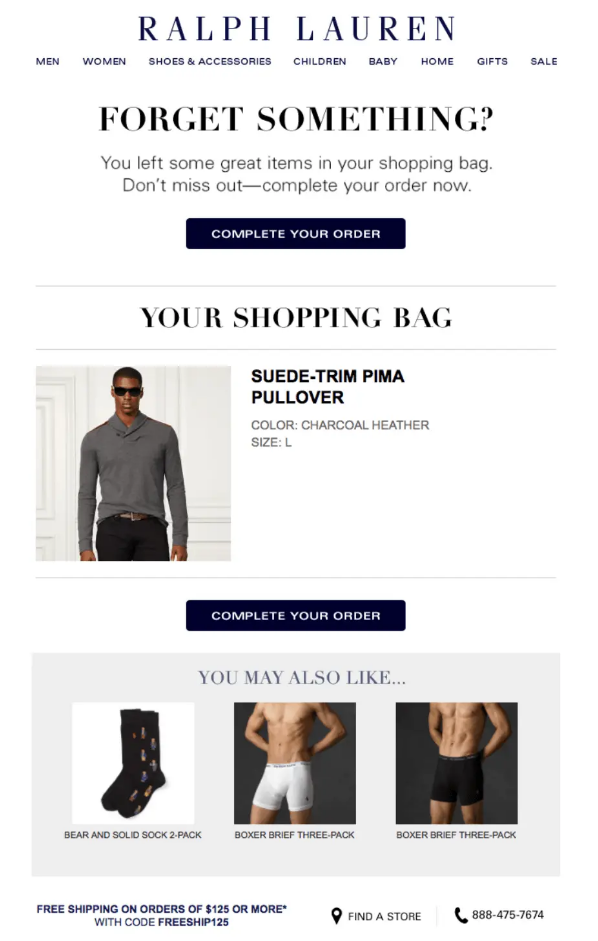
The key is subtlety and relevance; the suggestions should feel like natural extensions of the original purchase, providing clear value to the customer.
By using data-driven insights, this flow can be highly personalized, increasing the likelihood of a second purchase.
Replenishment Flow
Replenishment Flows are particularly effective for products that have a predictable usage cycle, such as skincare, supplements, or groceries.
This automated flow reminds customers to repurchase products they might be running low on. Timing is crucial; the reminder should come just before the customer is likely to need a refill.
This flow not only drives repeat purchases but also positions the brand as thoughtful and attentive to customer needs.
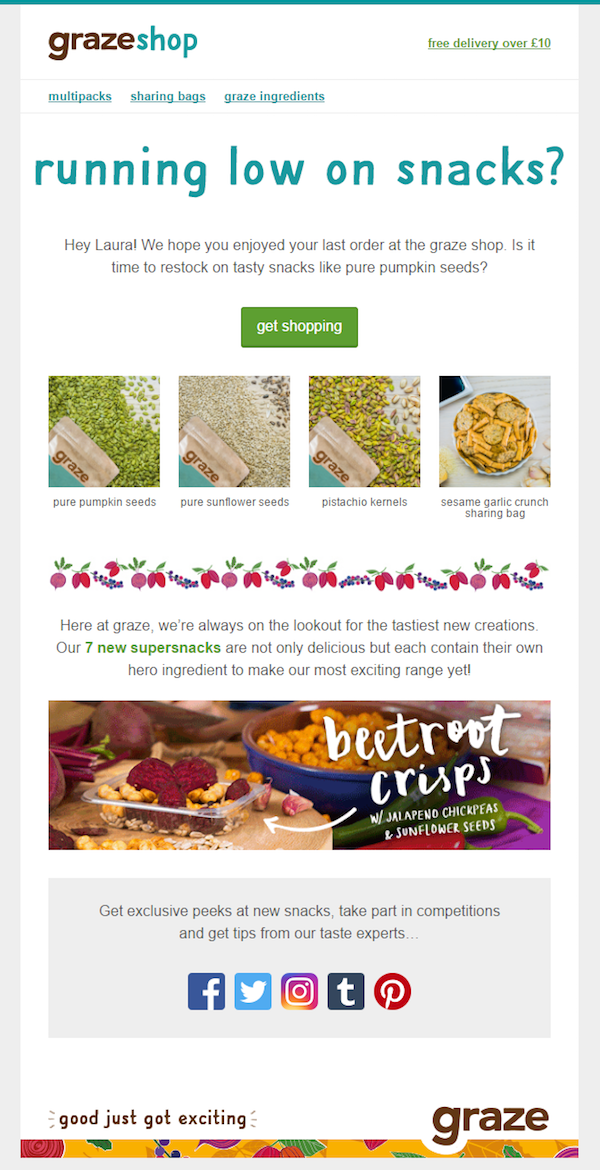
Personalization can enhance this flow further, such as suggesting a larger size or a different flavor based on the customer’s purchase history.
Post-purchase Tips/Shopping Guide Flow
This flow involves sending automated tips or guides after a purchase, adding value to the customer’s experience with the product.
For example, after purchasing a gadget, a customer could receive tips on how to maximize its use, or after buying a dress, they might receive a style guide on how to wear it for different occasions.

This approach strengthens the customer’s relationship with the brand, as it goes beyond the transaction to enrich the product experience.
Additionally, these communications can include subtle prompts or recommendations for related products, encouraging further exploration and potential additional purchases.
Remember each of these automated flows serves a distinct purpose in re-engaging one-time buyers.
By providing value, personalization, and relevant suggestions, they not only aim to encourage a second purchase but also to build a lasting relationship, gradually transforming one-time buyers into lifelong loyal customers.
4) Other Additional Channels
To transform one-time buyers into loyal, lifelong customers, it’s crucial to engage them through various channels, broadening the scope of interaction.
Here are two additional channels one should utilize to in the engagement level of the one-time buyer:
SMS Campaigns
SMS campaigns offer a direct and personal way to re-engage one-time buyers. With high open rates, SMS is a powerful tool for delivering timely and relevant messages.
These campaigns can be used to alert customers about new product launches, exclusive deals, or special events.
For instance, sending a text message about a limited-time sale or a special discount for repeat purchases can create urgency and prompt immediate action.
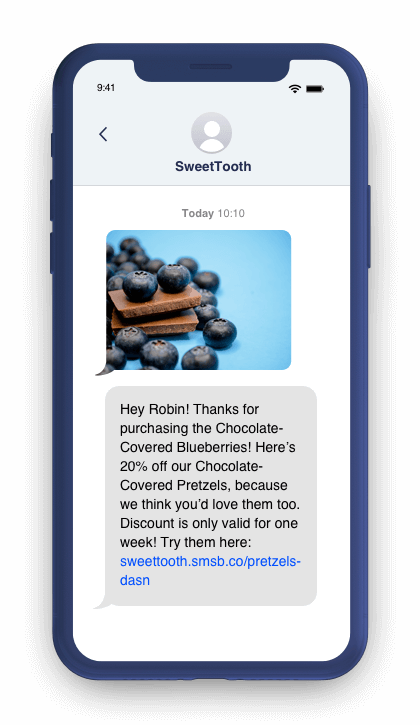
Personalization plays a key role in SMS campaigns; addressing the customer by name and referencing their previous purchase can make the message more impactful and drive engagement.
Onsite Cross-Sell Pop-Up
Onsite cross-sell pop-ups are an effective strategy to engage customers during their website visits. When a one-time buyer is browsing the site, a well-timed pop-up can suggest complementary products or special offers based on their browsing behavior or previous purchases.
This not only enhances the shopping experience by providing relevant recommendations but also increases the chances of an additional purchase.
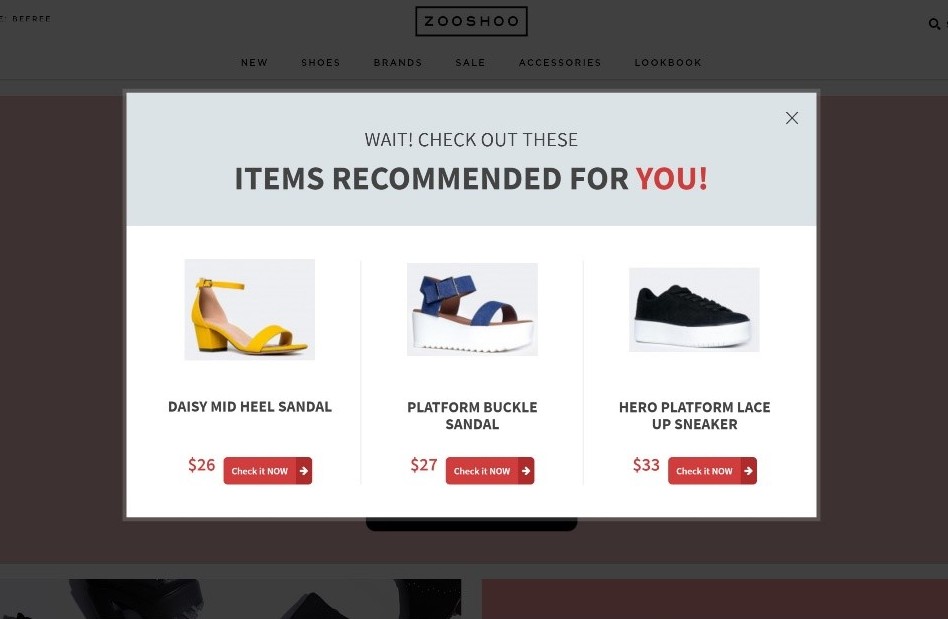
The key to successful onsite cross-selling is subtlety; the pop-up should be helpful and relevant, not intrusive or disruptive to the browsing experience.
Conclusion
Turning one-time buyers into loyal customers is a multi-faceted journey that requires strategic engagement across various touchpoints.
By implementing targeted, segmented campaigns, personalized automation flows, and leveraging additional channels like SMS and onsite pop-ups, brands can create a cohesive and captivating experience.
These efforts, rooted in understanding customer preferences and delivering value at every interaction, are key to fostering a sense of connection and loyalty.
Adopting these approaches, businesses can effectively transform one-time transactions into enduring relationships, unlocking the full potential of their customer base for long-term success and growth.
